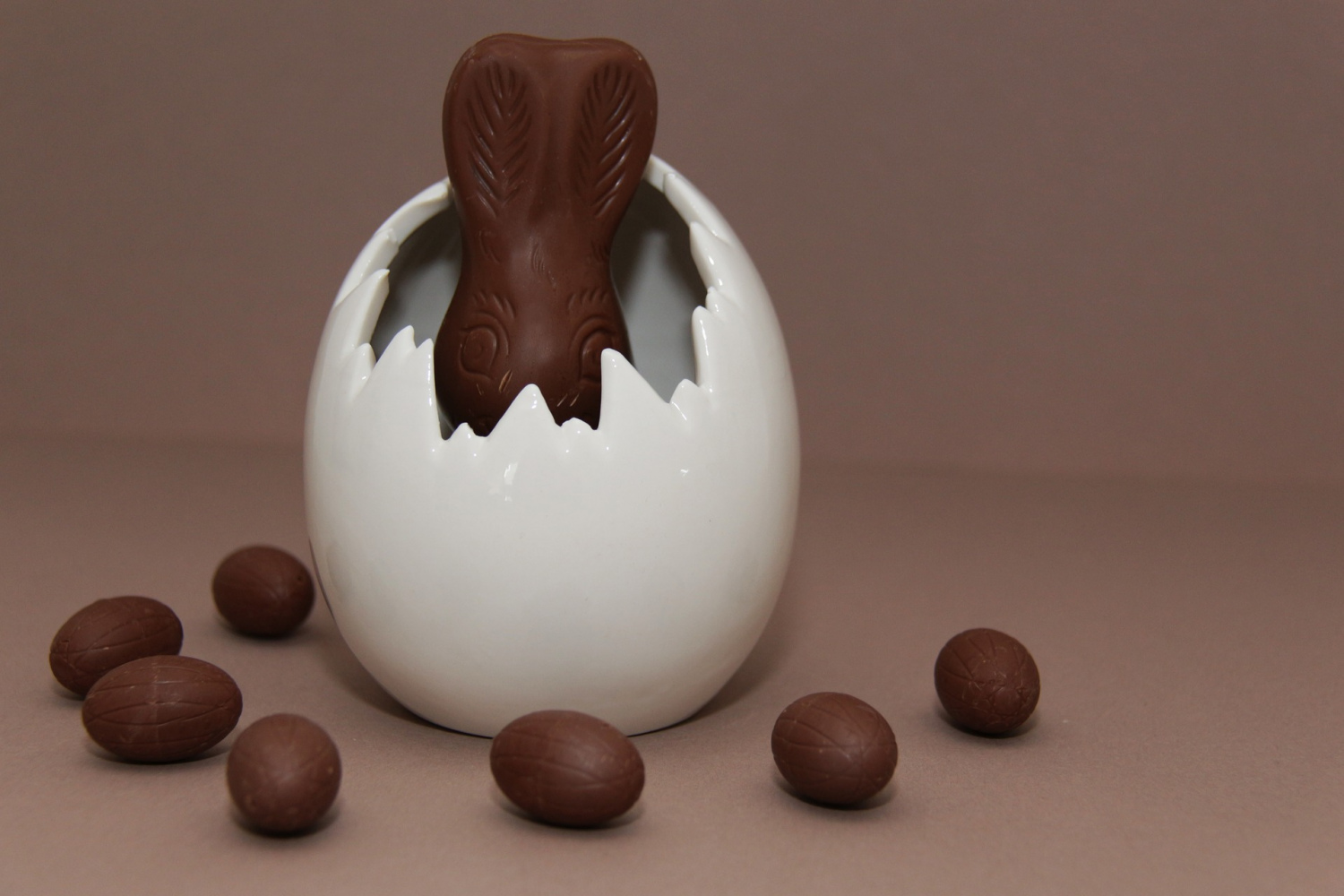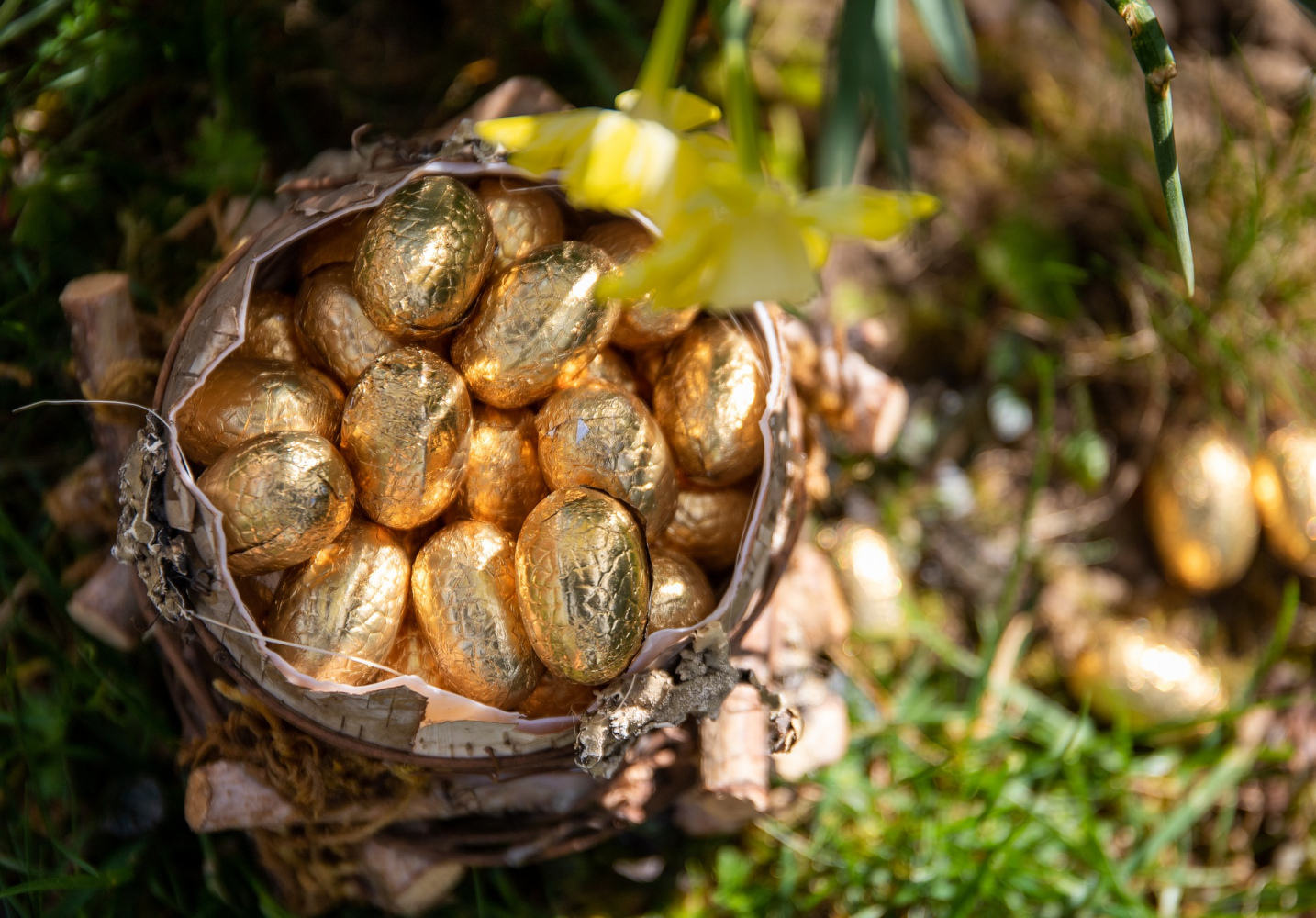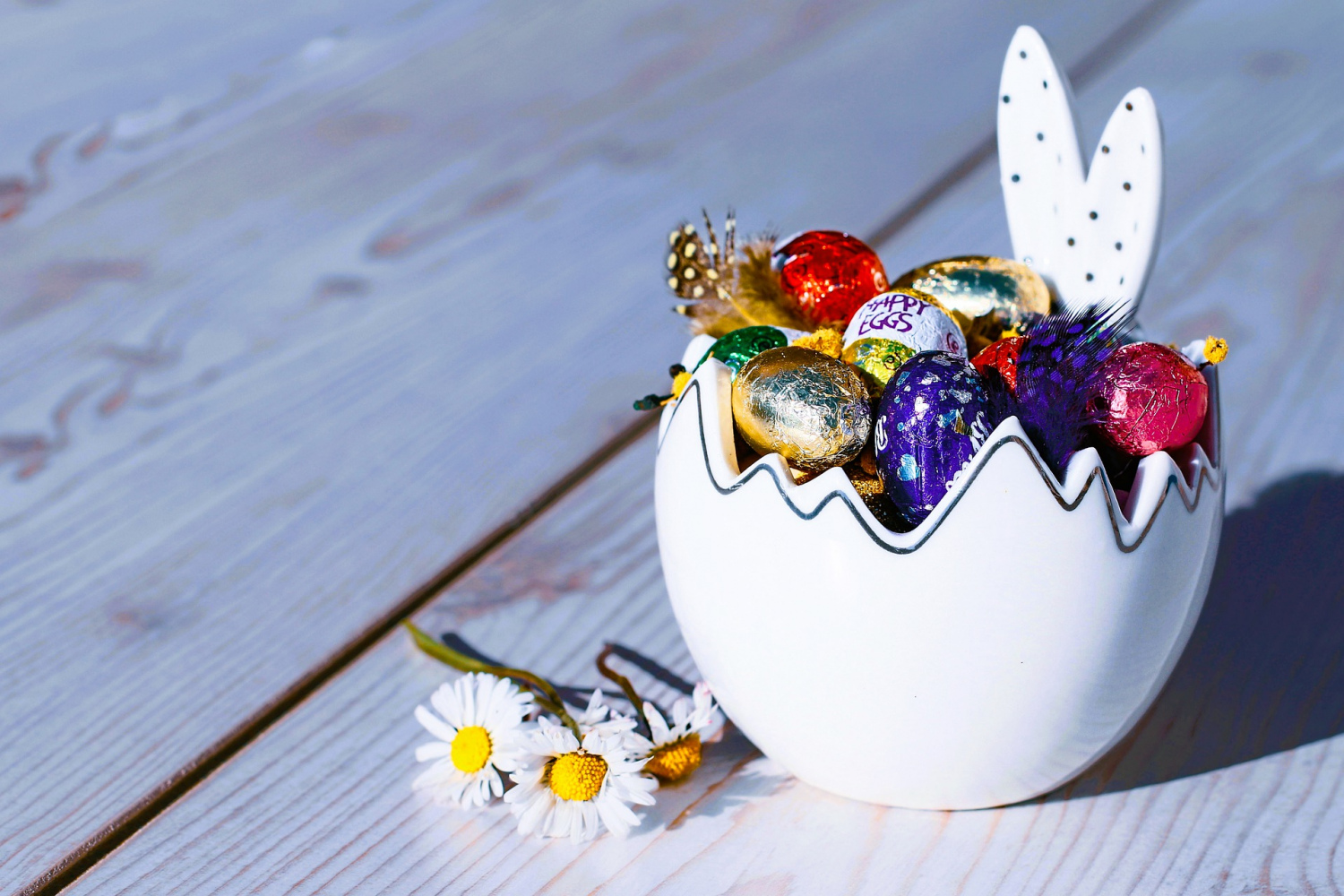There is no specific time in the year to enjoy cocoa-based sweets, but Easter is the perfect occasion for chocolate lovers to devour their favourite chocolate delights.
The first chocolate eggs appeared first in France and Germany in the 1850s but were not hollow as we know them now. They were solid, dark, and bitter as milk chocolate was not created in Europe yet. In 1875 the Cadbury company produced for the first time a large scale of hollow chocolate eggs, two years after the first hollow chocolate egg produced by British Chocolatiers JS Fry & Sons.
Different shapes of chocolate are represented on Easter. The shape of the egg was a pagan symbol of fertility, new life and spring celebration and became a representation of Christ’s resurrection. Easter is the celebration of Christ’s resurrection but also the end of the Lenten season where treats were a forbidden food. People used to paint and decorate eggs during Lent and eat them on Easter to celebrate the end of fasting.
Hares and rabbits are not mentioned in the Bible and have nothing to do with religion. However, they are known to be prolific procreators and were another pagan symbol of fertility and new life. According to history, the Easter Bunny was brought from Germany to America with German immigrants in the 1700s and their tradition of an egg-laying hare.
What would Easter be without an Easter egg hunt?
The Easter egg hunt is probably the most famous tradition on Easter. For some, it comes from Germany in the late 1600s where Martin Luther organised an Easter egg hunt for his congregation. The egg hunt was organised for women and children where men would hide the eggs for them to find.
Here at the Raheen Woods we remain childlike, we love going for an egg hunt on Easter morning and the mini eggs are our guilty pleasure.






